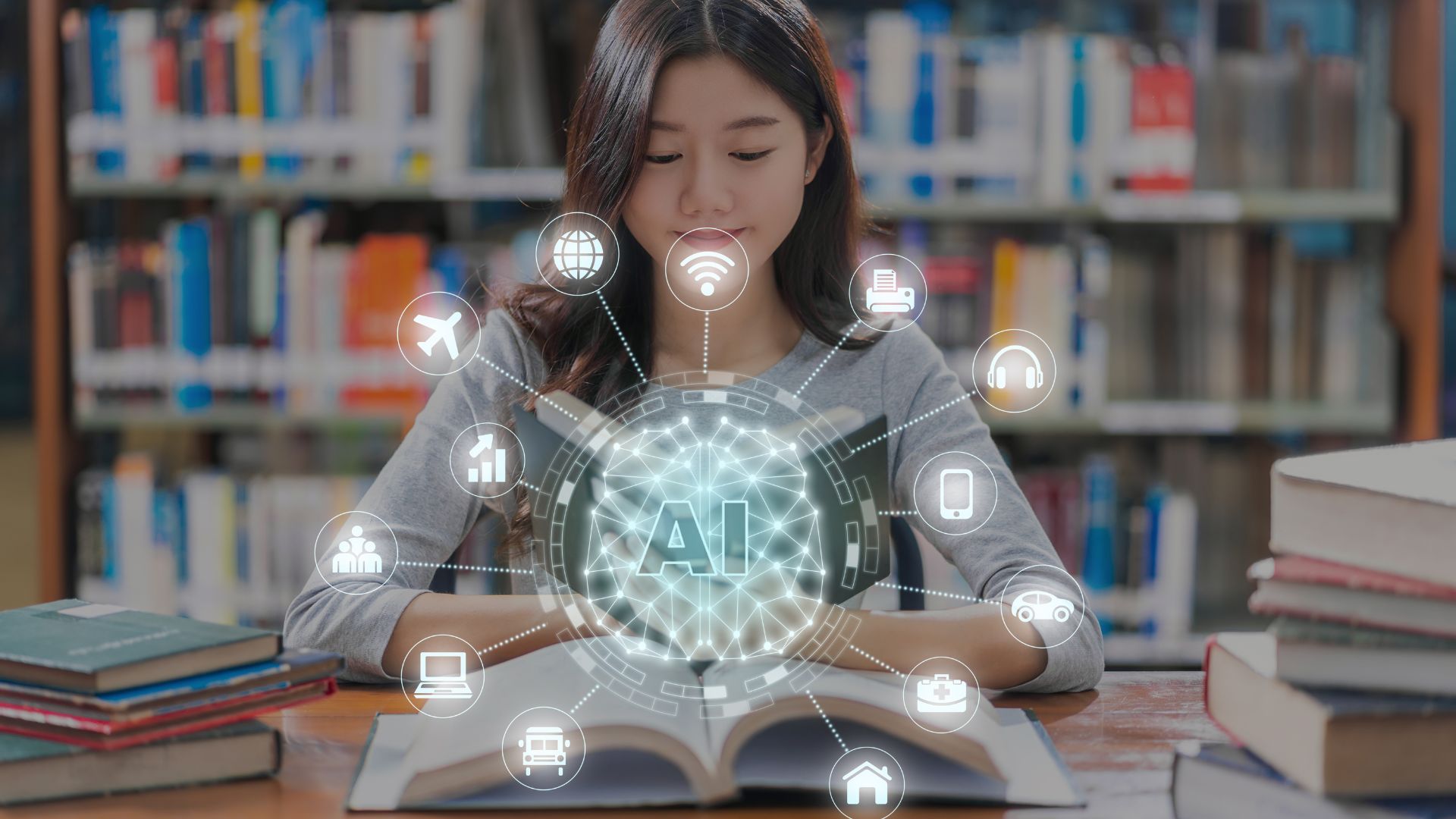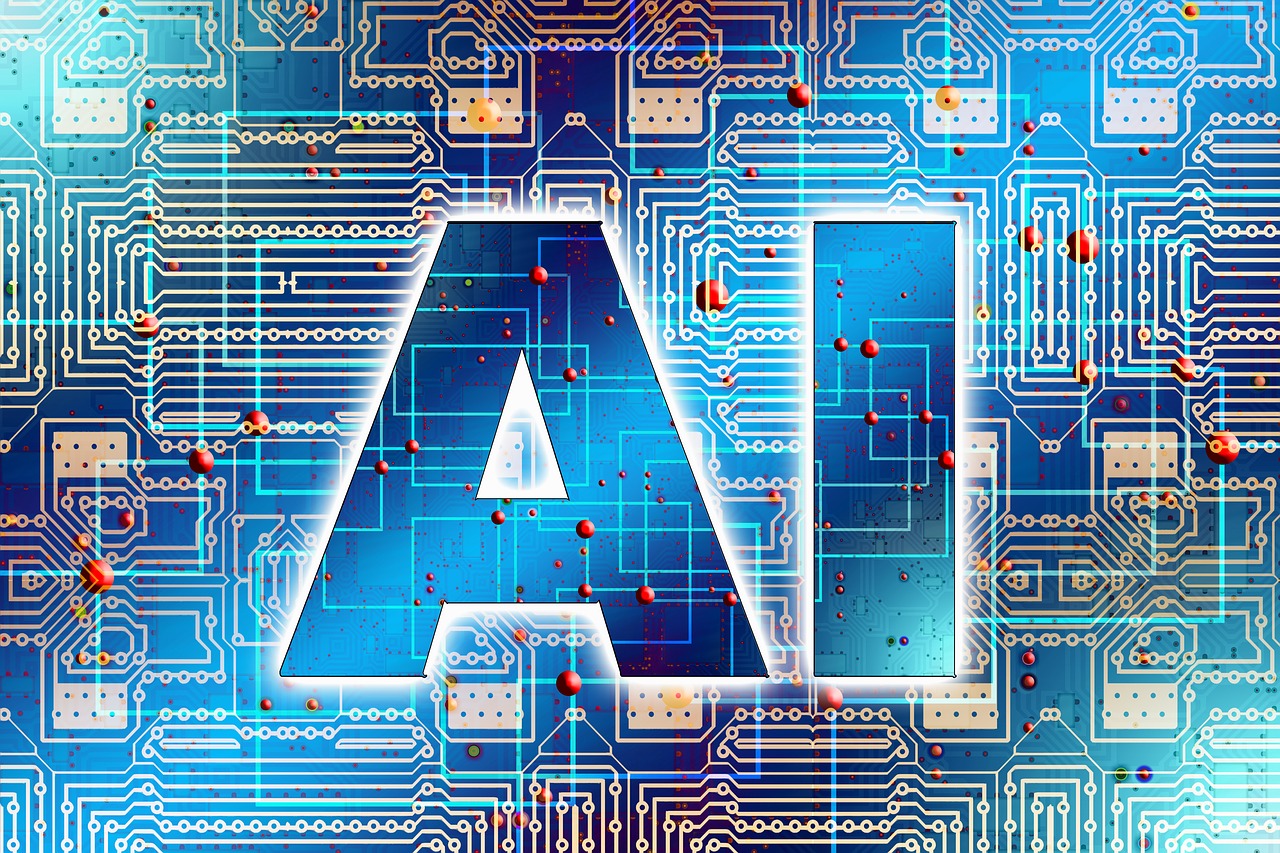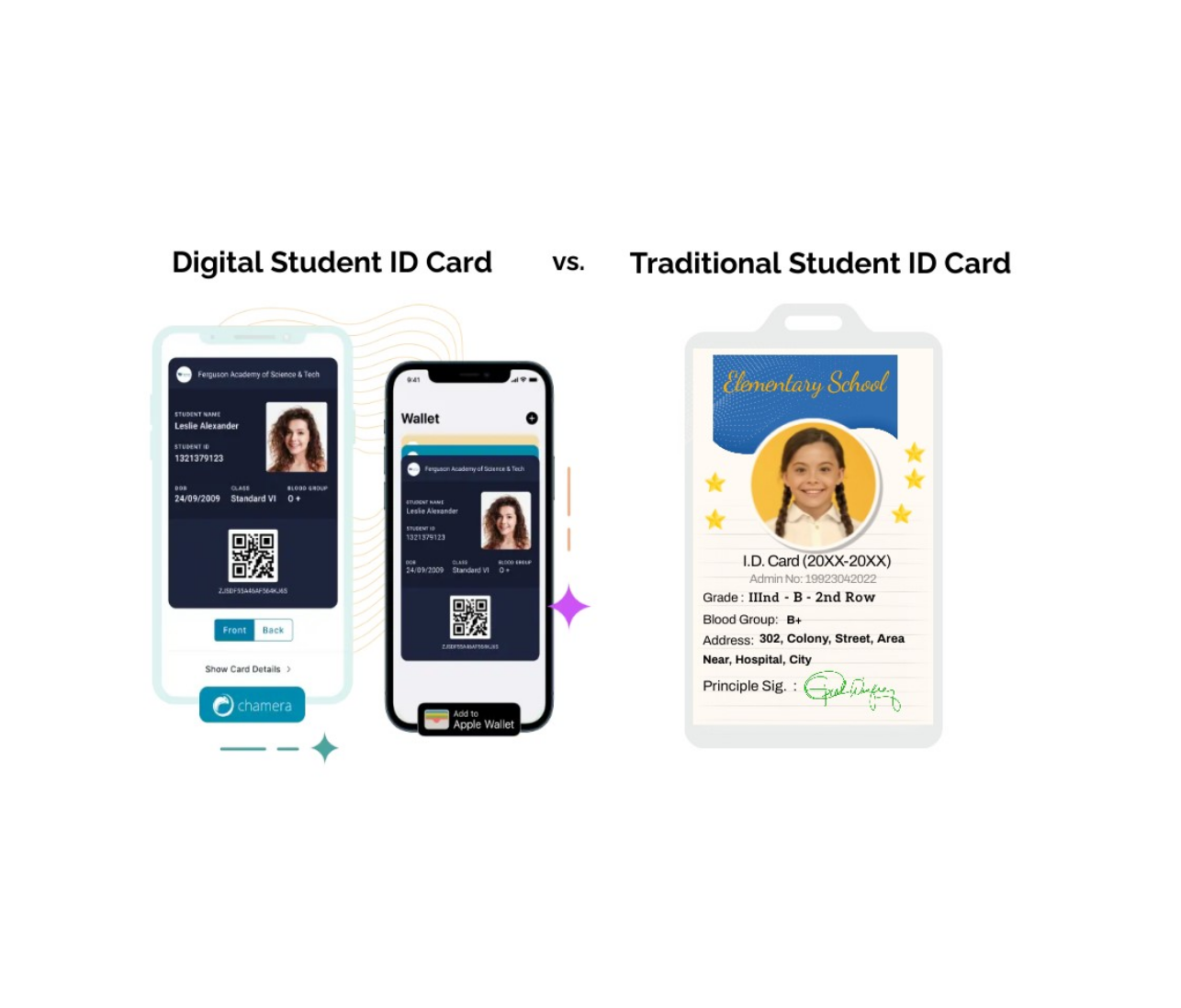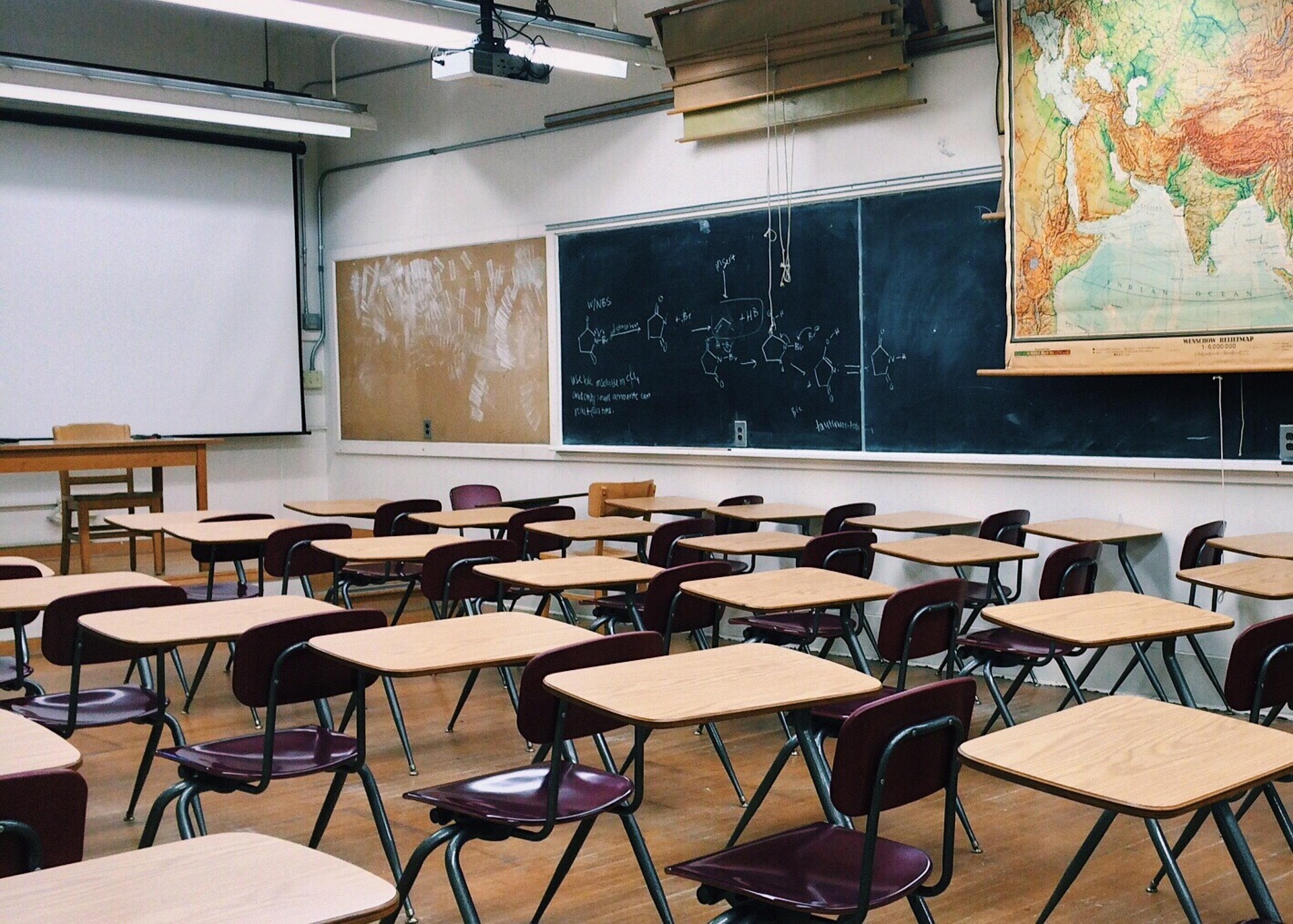From self-driving cars to virtual assistants, the influence of artificial intelligence (AI) can be felt in almost every aspect of our daily lives. Well, education is not an exceptional sector from this list. With the rise of digital learning, the use of AI technology in education has become increasingly prevalent.
With the introduction of AI technologies, from students having digital student id to teaching students of different countries through an online class, digitalisation has become a part of every classroom now. Educators are able to personalise learning experiences and track student progress in real-time. But that’s just the beginning. The potential for AI in education is immense, and we are just starting to scratch the surface of what is possible.
In this article, we’ll take a closer look at the current state of AI in education, exploring some real-world examples of how AI is already being used to revolutionize the way we teach and learn. We’ll also take a peek into the future, examining some of the exciting possibilities and potential challenges that lie ahead. So, buckle up and get ready to discover how AI is transforming education as we know it.
The Present Scenario of AI Ruling the Classroom
AI technology is transforming education by offering a range of massive changes in the whole education system. We will look into some of the examples of current practices in schools, colleges and universities that are influenced by Artificial Intelligence
- Personalised Learning
AI technology is being used to customise learning experiences for students. Adaptive learning software analyses data from each student’s performance, behaviour, and learning style to develop modified learning plans. This allows students to learn at their own pace, with content tailored to their strengths and weaknesses.
A rising number of schools are using AI-powered adaptive learning, for example, Summit Public Schools in California has implemented a custom-made learning program that uses a platform called Summit Learning. This platform uses AI algorithms to track student progress and provide personalised learning plans that provide to each student’s individual needs.
- Real-Time Analytics
AI-powered tools are being used to analyse student performance data in real time. This allows teachers to identify areas where students may be struggling and adjust teaching methods accordingly. As we know different students perform differently in the same circumstance so having track of it as an instructor is very important. By tracking student progress and predicting future outcomes, educators can provide timely interventions to help struggling students flourish.
- Digital ID Cards
AI technology is being used to develop digital ID cards for students. These cards can be used for attendance tracking, library checkouts, and other administrative tasks. Smart digital student id app like Chamera have made this Id making the process a lot easier, now with a few clicks students can make their own identity cards. Also, it uses Artificial Intelligence through which students can edit their pictures and use their desired photos in the student ids. This blessing of AI has made the lives of both students and school admins a lot easier by digitalising the whole operation. They can also be used to monitor student movements within the school premises for security purposes.
- Gamification
EdTech companies are developing AI-powered educational games and simulations to make learning more attractive and interactive. Now studying is not limited to textbooks only, students can have fun and learn at the same time. These games use AI algorithms to adjust the difficulty level based on the student’s performance, making the learning experience challenging yet entertaining.
- Accessibility
AI technology is being used to make education more accessible to students with disabilities. Students who have physical or cognitive disabilities, such as hearing or a visual impairment, ASD (Autism Spectrum Disorder), or Dyslexia, require a learning environment that caters to their specific needs. In traditional classrooms, such students face challenges as they struggle to follow instructions and lessons. For a change, AI-powered text-to-speech and speech-to-text tools are being used to help students with visual or auditory impairments to learn better.
- Improved Grading
AI-powered tools are being used to grade assignments and tests. These tools use machine learning algorithms to evaluate student work and provide instant feedback, which can save teachers significant time and effort. With AI, educators can grade a large number of papers quickly and accurately, freeing up their time for other activities.
The Future Possibilities of a More Digitalised Education System
The market for AI-powered education is expected to exceed $20 billion by 2027. With the advent of the educational metaverse, there is immense potential for new and innovative learning approaches that can provide a more immersive educational experience. Here are some possible outcomes that might happen in future-
- AI technology can be used to develop and curate learning content. By automating content creation, educators can save time and focus on other aspects of teaching.
- Intelligent Tutoring Systems (ITS) can be adapted to each student’s learning style and pace, making the learning experience more effective.
- AI technology can be used to develop virtual and augmented reality experiences for students. As many of us already know about VR technology but using this in learning experiences can bring complex concepts to life and help students understand them better.
- Brain-computer interfaces (BCIs) can allow students to control computers and other devices with their thoughts which will work as a blessing to students with physical disabilities to communicate and learn more effectively
In conclusion, AI technology is transforming the field of education in ways that were previously unimaginable. From personalized learning to smart classrooms and AI-powered grading tools, the possibilities are endless. As we move forward, it’s exciting to think about the possibilities that the educational metaverse will bring, offering new and innovative approaches to learning that we can only begin to imagine. Lastly, we can say that with the increasing adoption of AI in education, teachers and students alike can enjoy a more streamlined and effective learning experience that adapts to their unique needs and abilities






